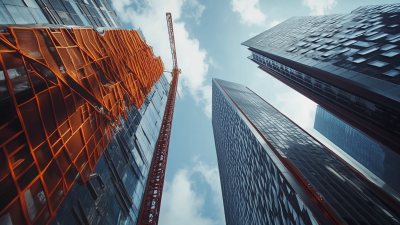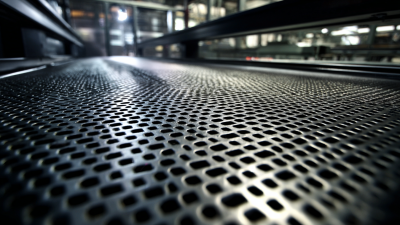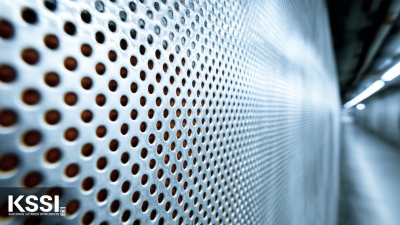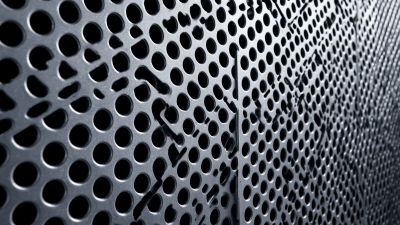Perforated Sheet Metal Panels have emerged as a versatile solution across various industries, driven by their combination of functionality and aesthetic appeal. According to a report by Global Market Insights, the perforated metal market is expected to exceed $2 billion by 2026, fueled by growing demand in sectors such as architecture, construction, and automotive design. These panels serve key applications, including acoustic management, architectural facades, and ventilation systems, effectively marrying form and function. Innovative design insights reveal that the strategic use of hole patterns and sizes not only enhances the structural integrity of materials but also optimizes light transmission and sound absorption. As businesses increasingly prioritize sustainability and efficiency, the adaptability of Perforated Sheet Metal Panels positions them as an essential component in modern design and engineering solutions.
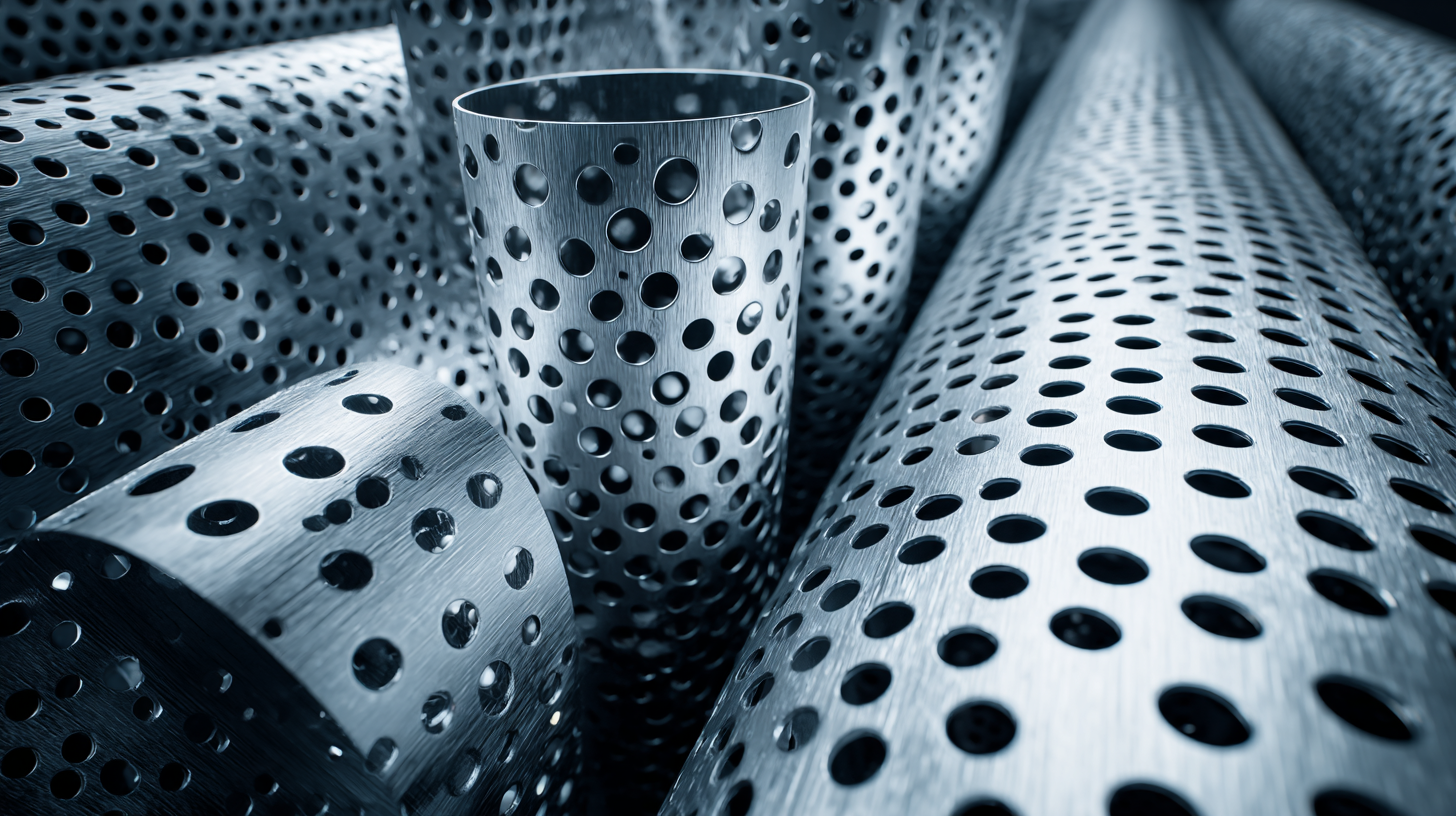
Perforated sheet metal panels have gained popularity in architecture and interior design due to their unique blend of functionality and aesthetic appeal. These panels can serve various purposes, from enhancing ventilation in spaces to adding decorative elements that elevate the overall design. Their versatility makes them suitable for applications such as façade cladding, ceiling designs, and room dividers. When strategically incorporated, perforated panels can create stunning visual effects while allowing light and air to flow freely.
**Tips:** When choosing perforated sheet metal for your project, consider the size and shape of the perforations, as they can significantly influence both airflow and light diffusion. Additionally, think about the type of metal finish; options like powder coating or anodizing can enhance durability and complement your design scheme.
In interior design, perforated panels can serve as functional art, providing privacy without sacrificing openness. For example, using these panels as backdrops in commercial spaces not only offers a contemporary look but also helps in noise reduction. By integrating patterns that reflect the brand’s identity, these panels can add a personalized touch to the environment, promoting a cohesive aesthetic throughout the space.
Perforated sheet metal panels have become increasingly popular in various industrial applications due to their unique combination of functionality and aesthetic appeal. One of the most innovative uses of these panels is in acoustic management. By strategically perforating panels, companies can create sound-absorbing surfaces that enhance the acoustics in large warehouses and manufacturing facilities. This application not only improves worker comfort and communication but also ensures compliance with safety regulations concerning noise levels.
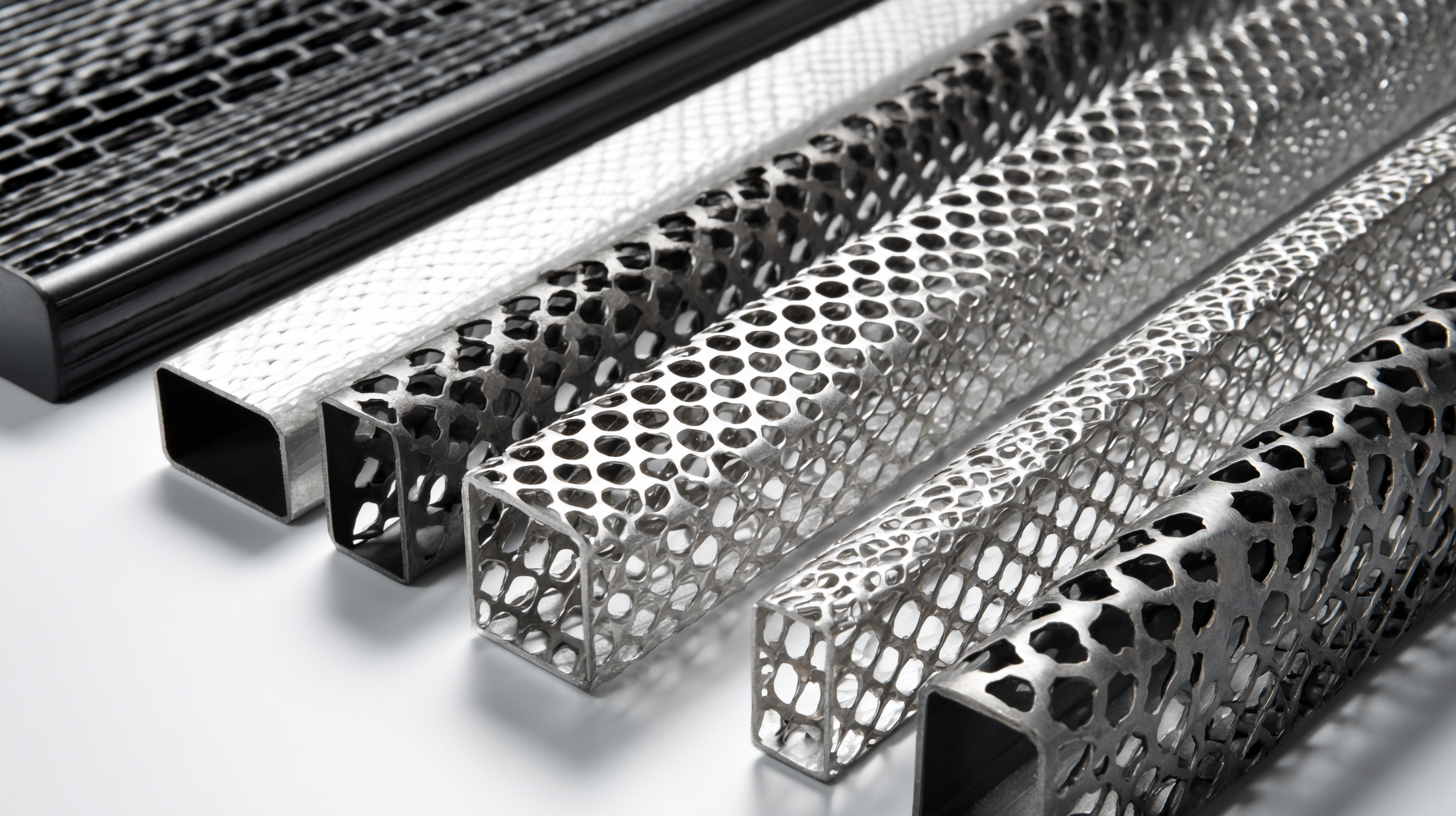
Another significant application of perforated panels is in ventilation systems. These panels allow for efficient air circulation while maintaining structural integrity. In industrial settings, incorporating perforated sheets into machinery enclosures or storage units can help regulate temperature and reduce overheating. Additionally, they can be designed to filter dust and particulates, promoting a cleaner working environment and extending the life of equipment. With a wide range of hole sizes and patterns, perforated panels offer versatile design options tailored to meet the specific needs of different industries.
Perforated sheet metal panels have gained significant traction in various industries due to their unique material properties and design flexibility. According to a report by MarketsandMarkets, the global perforated sheet market is projected to reach $2.5 billion by 2025, driven largely by key applications in architecture and interior design. The ability of these panels to allow airflow and light while still providing structural support makes them invaluable in settings ranging from public buildings to residential homes.
The versatility of perforated sheets is largely attributed to the variety of materials available, including stainless steel, aluminum, and carbon steel. Each material brings distinct properties; for instance, stainless steel offers excellent corrosion resistance and strength, making it suitable for outdoor applications. Furthermore, the design flexibility inherent in perforated sheets allows for intricate patterns and customized hole sizes, providing architects with endless aesthetic possibilities. A study from the American Institute of Steel Construction highlighted that the perforation pattern can also influence acoustics, suggesting that these panels can effectively reduce noise in urban environments, thus combining functionality with design.
Perforated sheet metal panels offer a dynamic avenue for aesthetic enhancement in modern architecture and interior design. The unique patterns and textures achieved through perforation not only serve functional purposes, such as light diffusion and sound attenuation, but also introduce a captivating visual appeal. By strategically designing these panels, architects can create stunning facades that change appearance throughout the day, depending on the angle of the sunlight and the environment surrounding them.
Additionally, the variety of patterns available—from geometric shapes to organic forms—allows for infinite customization, making it possible to align the perforated metal with the overall theme of a project. Textured surfaces can create depth and character, transforming ordinary spaces into artistic statements. Whether it’s in an outdoor setting, like a public park, or within commercial spaces, the interplay of light and shadow through perforated designs can evoke emotions and draw attention, enhancing the viewer's experience while seamlessly integrating with the functional aspects of the architecture.
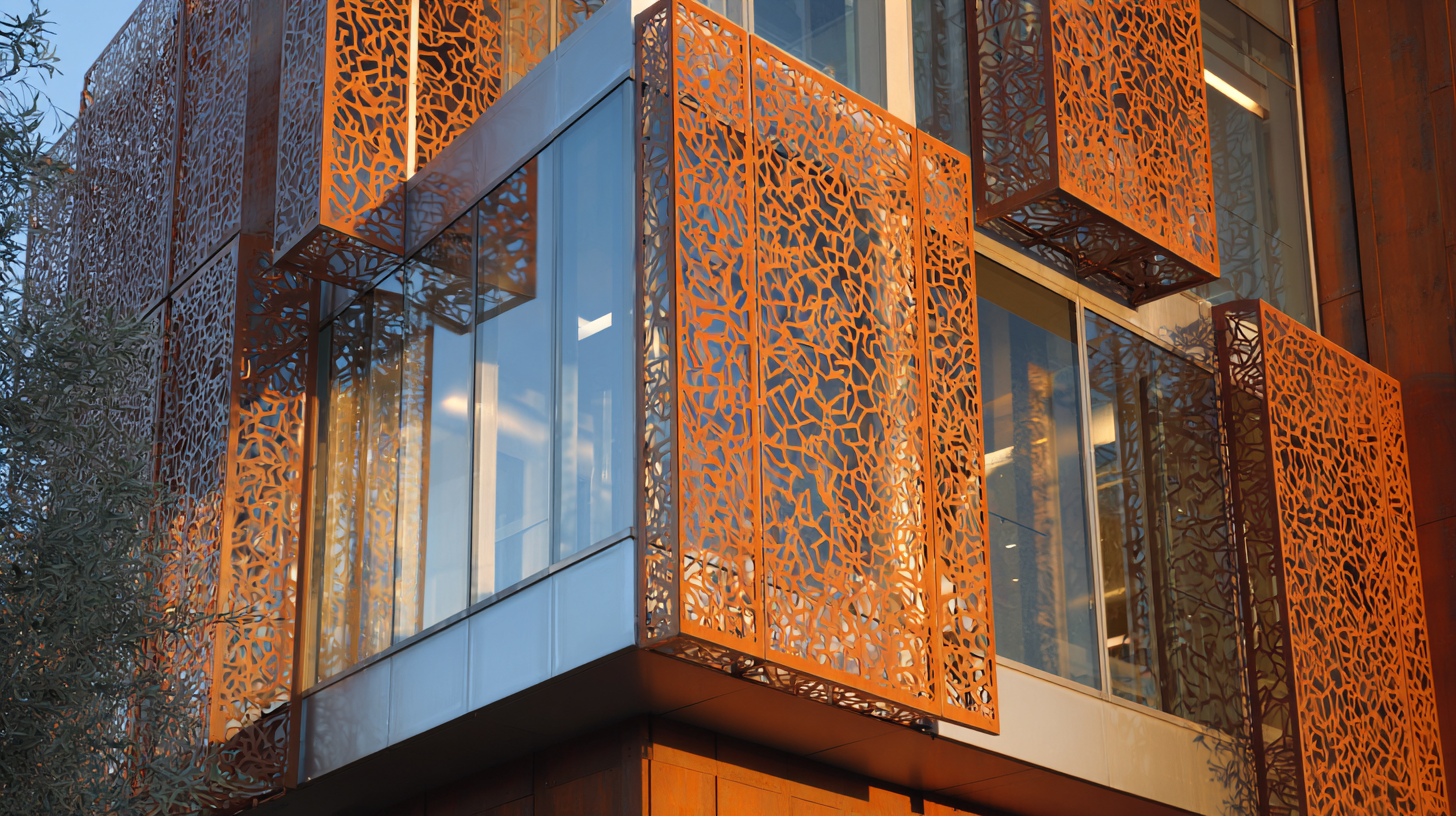 Perforated sheet metal panels have gained prominence not only for their aesthetic appeal but also for their sustainable attributes. The design of these panels allows for efficient use of materials, reducing waste during production. By incorporating various hole patterns and sizes, manufacturers can optimize the amount of metal used, ensuring that the panels are lightweight yet durable. This efficiency extends to their functional applications, where perforated sheets can be used in construction and architecture to facilitate airflow and natural light, thereby minimizing dependence on artificial lighting and ventilation systems.
Perforated sheet metal panels have gained prominence not only for their aesthetic appeal but also for their sustainable attributes. The design of these panels allows for efficient use of materials, reducing waste during production. By incorporating various hole patterns and sizes, manufacturers can optimize the amount of metal used, ensuring that the panels are lightweight yet durable. This efficiency extends to their functional applications, where perforated sheets can be used in construction and architecture to facilitate airflow and natural light, thereby minimizing dependence on artificial lighting and ventilation systems.
Moreover, sustainability in perforated sheet design is further enhanced through the use of recyclable materials and eco-friendly production processes. The longevity of these panels contributes to their sustainability as well; their resilience against environmental factors means they require less frequent replacement, ultimately lowering the ecological footprint. As designers and architects increasingly prioritize green building practices, perforated sheet metal panels serve as an ideal solution, marrying efficiency with ecological responsibility. By leveraging these design insights, industries can innovate while staying committed to sustainable practices.
